Speech acts of the teacher in its communicative relational dimension with the students of early childhood education
Abstract
Introduction: According to Austin (1990) and Searle (1986), speech acts are the basic communicative unit that implies an intention, with the classroom being a scenario for permanent updating of speech acts that act as indicators of favorable conditions or not for learning.
Objective: The objective of this study was to analyze the most frequent speech acts used by Early Childhood Education teachers in their communicative relational dimension with students.
Method: A mixed study, descriptive level, cross-sectional. The corpus is made up of audio recordings obtained under informed consent, carried out in three (3) early childhood education classrooms of two (2) sessions for an approximate time of 1 hour each. The instrument for observation and recording of speech acts, designed ad hoc, was used. The analysis of the data is of frequency, categorized according to the typology: assertive, directive, commitment, expressive and declarative acts and the different sub-acts. To determine the illocutionary force and the sincerity conditions, content analysis was applied.
Results: The results indicate that the most frequent acts are directive and assertive, within which orders, questions and stories prevail; that is, all the discursive action resides in the teacher, denoting traditional pedagogies that limit autonomous development, critical thinking, collaborative work and communication.
Conclusions: The implications of the communication process between the teacher and the students are discussed for the creation of optimal conditions for the promotion of creative thinking, socio-emotional, linguistic skills and autonomous learning.
References
Azhari, A., Priono, P. y Nuriadi, N. (2018). Speech Acts of Classroom Interaction. International Journal of Linguistics, Literature and Culture, 4(2), 24-45. https://sloap.org/journals/index.php/ijllc/article/view/72
Austin, J. (1990). Cómo hacer cosas con las palabras. (3ra reimpresión). Barcelona: Paidós.
Berko, J. y Bernstein, N. (1999). Psicolingüística. (2da ed.). Madrid: Editorial Mc Graw Hill.
Bernstein, B. (1977). La estructura del discurso pedagógico. Madrid: Morata.
Bermudez, M. (2021). El discurso académico del profesor. Funciones de la entonación en la conferencia universitaria. Universidad Central “Martha Abreu” de las Villas, Santa Clara, Cuba. https://dspace.uclv.edu.cu/bitstream/handle/123456789/12819/attachment5-2.pdfsequence=1&isAllowed=y
Cassany, D., Luna, M. y Sanz, G. (2000) Enseñar lengua (6ta edic.). Barcelona: Graó Editores.
Chakin, M. y Dibdyaningsih, H. (2019). An analysis of teacher speech act in giving motivation for English students. Journal of English Language Teaching and Islamic Integration, 2(2), 218-229. https://doi.org/110.31227/osf.io/yzh34
De Almeida, F., de Oliveira Marques, P., Adão, J., Teixeira, Z. y Porto, M. (2019) The Paradigms of Traditional Educational Culture in the Context of Liquid Modernity: An Empirical Study. Creative Education, 10, 784-795. https://doi.org/10.4236/ce.2019.104058.
Guadarrama, J. E. (2022). Intencionalidad, actos de habla y creación de la realidad social en John Searle. Repositorio de la Universidad Autónoma del Estado de México. http://hdl.handle.net/20.500.11799/113122
Hall, M., Hall, W. y Caselli, N. (2019). Deaf children need language, not (just) speech. First Language, 39(4), 367-395. https://doi.org/10.1177/0142723719834102
Halliday, M. (1998). El Lenguaje como Semiótica Social. Colombia: Fondo de Cultura Económica.
Hernández, D. (2021). El aula revisitada: la innovación de los espacios educativos desde un enfoque comunicativo. EDUR. Educação em Revista, 37(e23204). http://dx.doi.org/10.1590/0102-469823204.
Jaramillo-Valencia, B., Castaño-Barreneche, L. y Ossa-Álvarez, K. (2022). El habla y su desarrollo a través de la didáctica. Revista Docencia Universitaria, 23(1), 1-21. https://doi.org/10.18273/revdu.v23n1-2022001
Kroetz, K., da Silva Gallon, M. y Ferraro, J. (2020). The supremacy of the writing over orality: an analysis of mathematical practices of subjects of a german colonization region. Cadernos de História da Educação, 19(2), 614-627. https://doi.org/10.14393/che-v19n2-2020-20
Leona, P. (2021). Mentira, actos de habla y actos políticos. Formas y funciones de la (in) sinceridad en el discurso de campaña (2015/2019). [Tesis de Maestría], Universidad Nacional de Quilmes, https://ridaa.unq.edu.ar/handle/20.500.11807/3896
Llorenç, A. (2018). La enseñanza del lenguaje en la escuela. Lengua oral, lectura y escritura. Barcelona: UOC.
Ministerio de Educación y Deportes (2005). Currículo de Educación Inicial. Caracas: Autor.
Porlán, R. (1998). Constructivismo y escuela. (4ta. Edición). Sevilla: Díada.
Rodrigo, S. (2020). «Perdona/termine»: Los actos de habla directivos en mediaciones laborales. Verba: Anuario Galego de Filoloxía, 47, 87-106. https://doi.org/10.15304/verba.47.5725
Rodríguez, M. E. (1995). “Hablar en la escuela: ¿Para qué? ¿Cómo? Lectura y Vida, 16(3), 31-40. http://www.lecturayvida.fahce.unlp.edu.ar/numeros/a16n3/16_03_Rodriguez.pdf
Santamarina, M. y Núñez, M. (2018). Formación sobre didáctica de la lengua oral de los docentes de Educación Infantil: un estudio comparativo. Profesorado: revista de curriculum y formación del profesorado, 22(1), 177-196. https://recyt.fecyt.es/index.php/profesorado/article/view/63640
Santosa, A. y Kurniadi, A. (2020). Speech act analysis of teacher talk in EFL classroom. Journal Penelitian Humaniora. 21(2), 101-107. https://doi.org/10.23917/humaniora.v21i2.9871
Searle, J. (1986). Actos de Habla. Madrid: Cátedra.
Sumedi, S. y Rovino, D. (2020). Speech Act Analysis of English Teacher Talk at SMP
Negeri 1 Rangkasbitung. Journal of English Language and Culture, 10(2), 121-131, https://journal.ubm.ac.id/index.php/english-language-culture/article/view/2142
Toro, S. y Tejeda, R. (2020). Estudio diagnóstico de la expresión oral como habilidad comunicativa en la educación inicial. Revista Electrónica Formación y Calidad Educativa (REFCalE), 8(2), 59-75. http://refcale.uleam.edu.ec/index.php/refcale/issue/view/281.
Yépez, E. y Padilla Álvarez, G. (2021). La oralidad y las dimensiones del lenguaje en los infantes. Revista Cognosis. 6(EE-I-), 1-22. https://doi.org/10.33936/cognosis.v6i0.1973
Zamora Úbeda, Z. (2021). Los actos de habla en el discurso docente. Revista Científica de FAREM-Estelí, 10(40), 64-80. https://doi.org/10.5377/farem.v10i40.13045
Copyright (c) 2023 Yildret Rodríguez Avila, Jorge Luis Barboza Hernández, Nubia Hernández-Flórez, Olena Klimenko

This work is licensed under a Creative Commons Attribution-NonCommercial 4.0 International License.

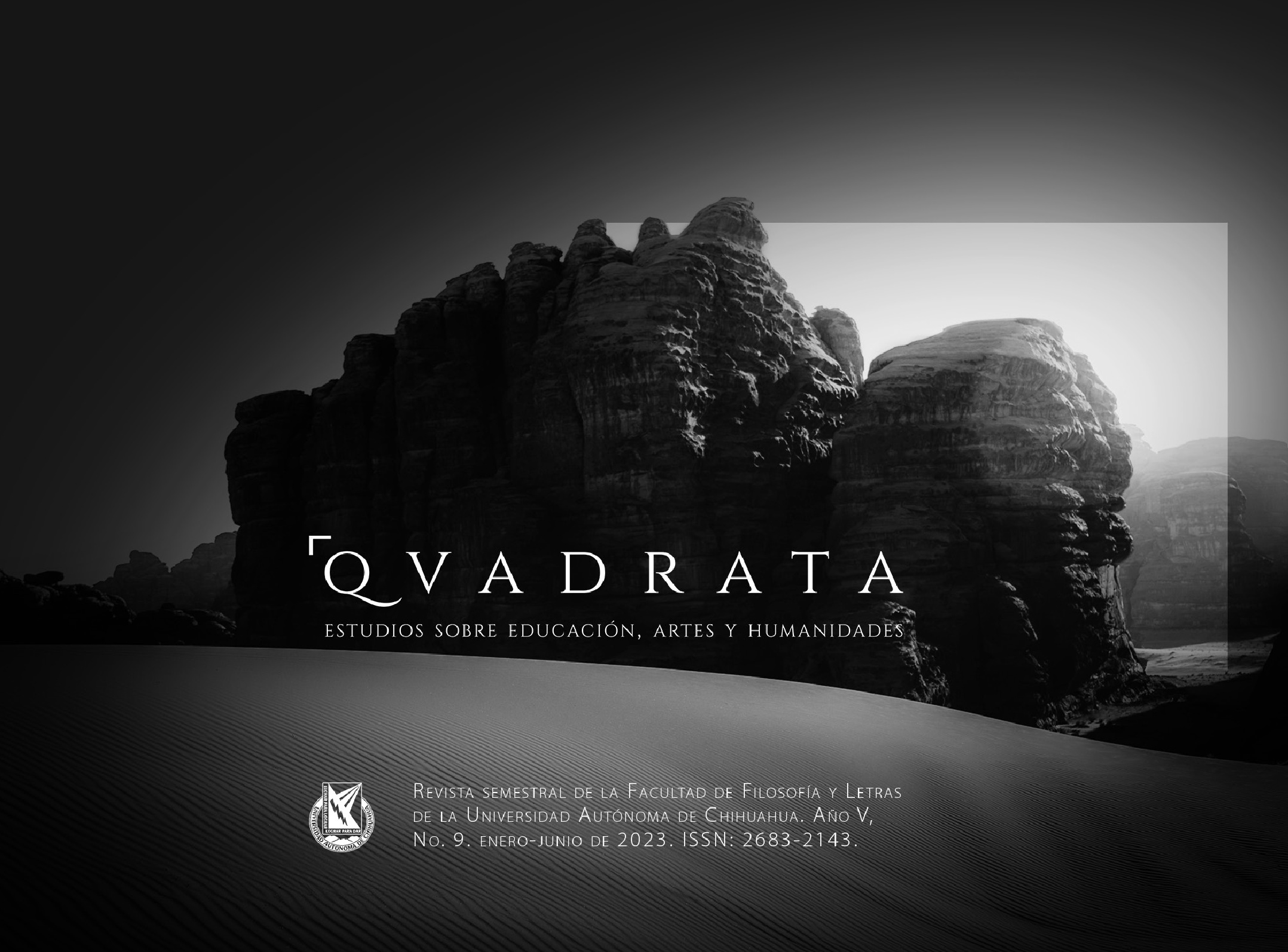

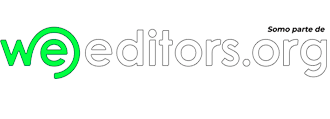
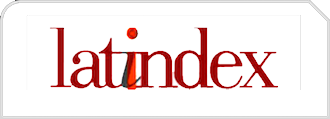

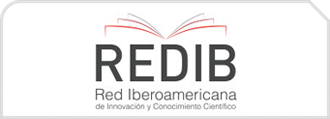
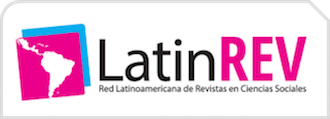
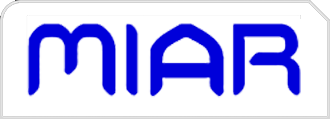

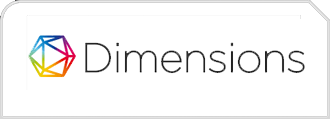

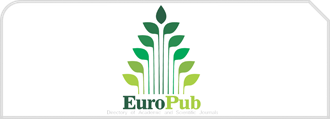

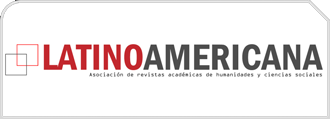

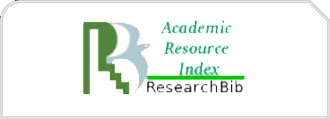

 QVADRATA. Estudios sobre Educación, Artes y Humanidades año V, número 9, enero-junio de 2023, es una publicación semestral editada por la Universidad Autónoma de Chihuahua. Calle Escorza #900. C.P. 31000, Chihuahua, Chih. Tel. (614) 439-1500 ext. 3844,
QVADRATA. Estudios sobre Educación, Artes y Humanidades año V, número 9, enero-junio de 2023, es una publicación semestral editada por la Universidad Autónoma de Chihuahua. Calle Escorza #900. C.P. 31000, Chihuahua, Chih. Tel. (614) 439-1500 ext. 3844, 
